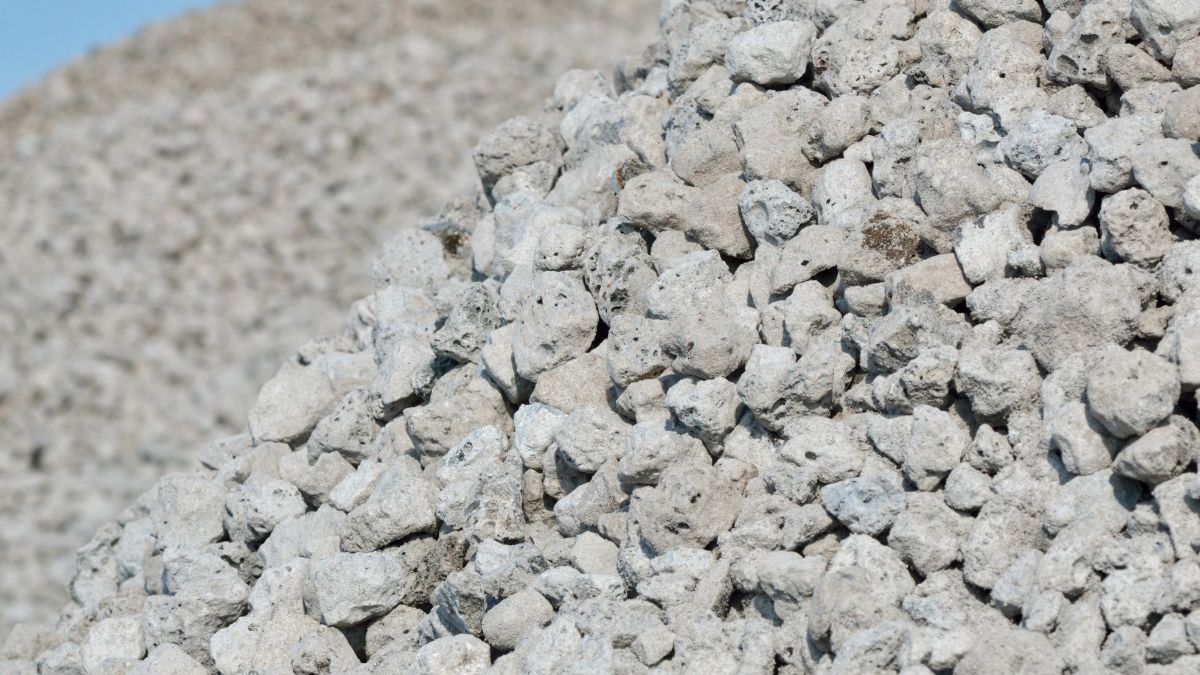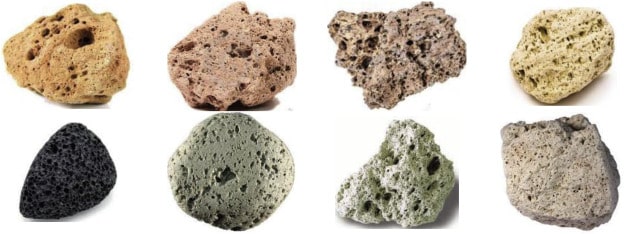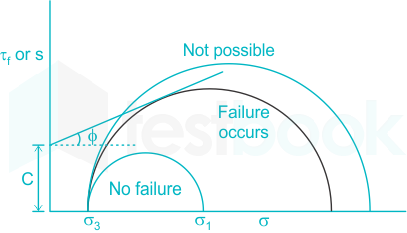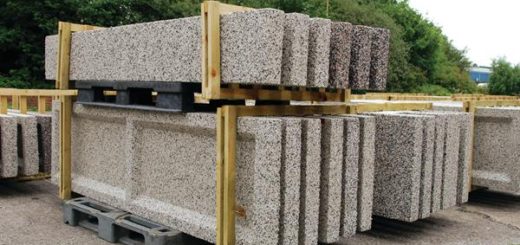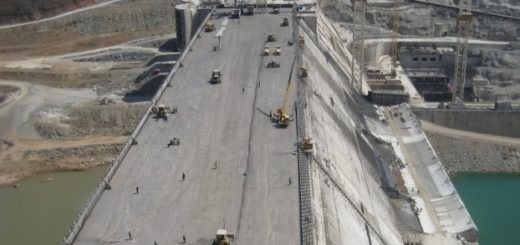Lightweight Aggregates | How we can Use
Lightweight aggregates are a type of aggregates that are not used in construction commonly. These types of aggregates are typically made from natural materials such as pumice, scoria, and volcanic ash.
The use of lightweight aggregates can help to reduce the overall weight of a structure, which can be beneficial in many different applications. In addition, lightweight aggregates can also provide good insulation properties and can be used in soundproofing applications.
What is lightweight aggregate
Lightweight aggregate concrete (LWAC) is a type of concrete that uses lightweight aggregates as its main ingredient. These aggregates are usually natural materials such as pumice, vermiculite, and perlite. LWAC is often used as a substitute for normal concrete in applications where weight is a factor, such as in the construction of bridges and buildings.
There are three main types of light weight aggregates.
- Industrial Waste Light Weight Aggregate [ made from fly ash ceramisite, slag, etc.]
- Natural Aggregates [made from natural porous stones such as pumice, volcanic cinder, light sand, etc.]
- Artificial Lightweight Aggregate [made from clay ceramisite, expanded perlite, etc. ]
LWAC has a number of advantages over normal concrete. One is that it is much lighter, which makes it easier to work with and less likely to cause structural damage. It is also more fire-resistant and has better insulating properties.
Special Properties
- High Porosity
- Low Density
- High Water Absorption
- Low Strength
What are the benefits of using lightweight aggregate
Lightweight aggregates are one of the most versatile construction materials available. They can be used for a wide range of applications, from structural fill to architectural cladding.
Lightweight aggregates are much lighter than traditional construction materials such as concrete and asphalt. This makes them ideal for applications where weight is a concern, such as in seismic retrofitting or in the construction of high-rise buildings.
What are the limitations of using lightweight aggregate
There are a few potential limitations to using lightweight aggregate concrete. It may not be as strong as traditional concrete; therefore, it shall be used with much care in load bearing applications.
Additionally, it can be more difficult to work with, so it is important to have experience with this type of concrete before using it for a project.
It also is important to use the right type of aggregate, as some aggregates can cause the concrete to become too light and cause issues in the structure.
How do you choose the right lightweight aggregate for your project
When it comes to choosing the right lightweight aggregate, there are a few things you need to take into consideration. The first is the type of project you are undertaking. Lightweight aggregates come in a variety of shapes and sizes, so it’s important to choose one that will be suitable for your project.
The second is the weight of the aggregate. It’s important to choose an aggregate that is light enough to be easily transported and placed, but also heavy enough to provide the required support.
The third is the cost. Lightweight aggregates can vary significantly in price, so it’s important to get quotes from a few different suppliers before making a decision.

